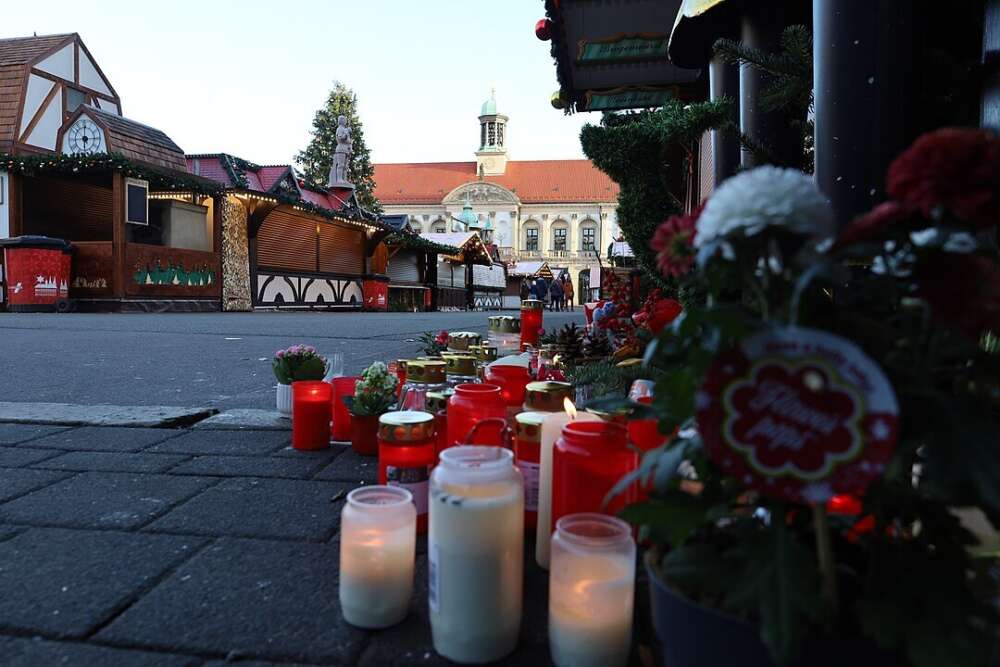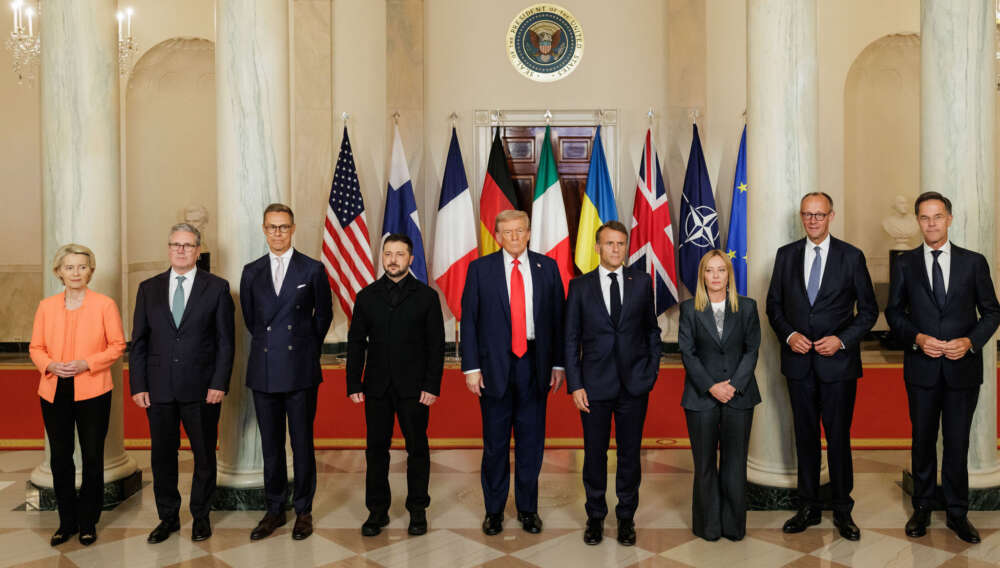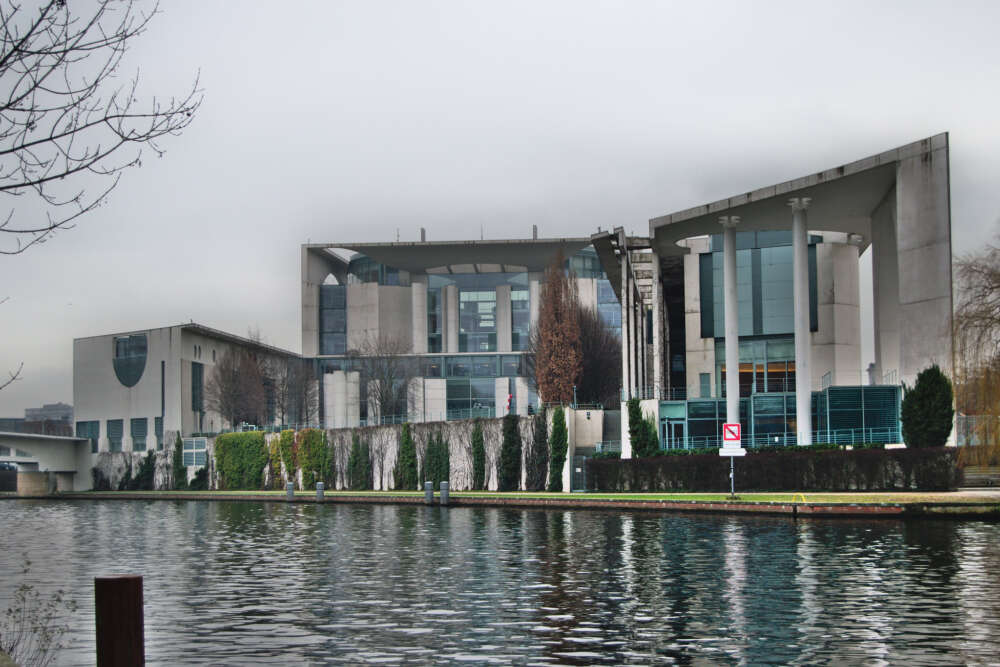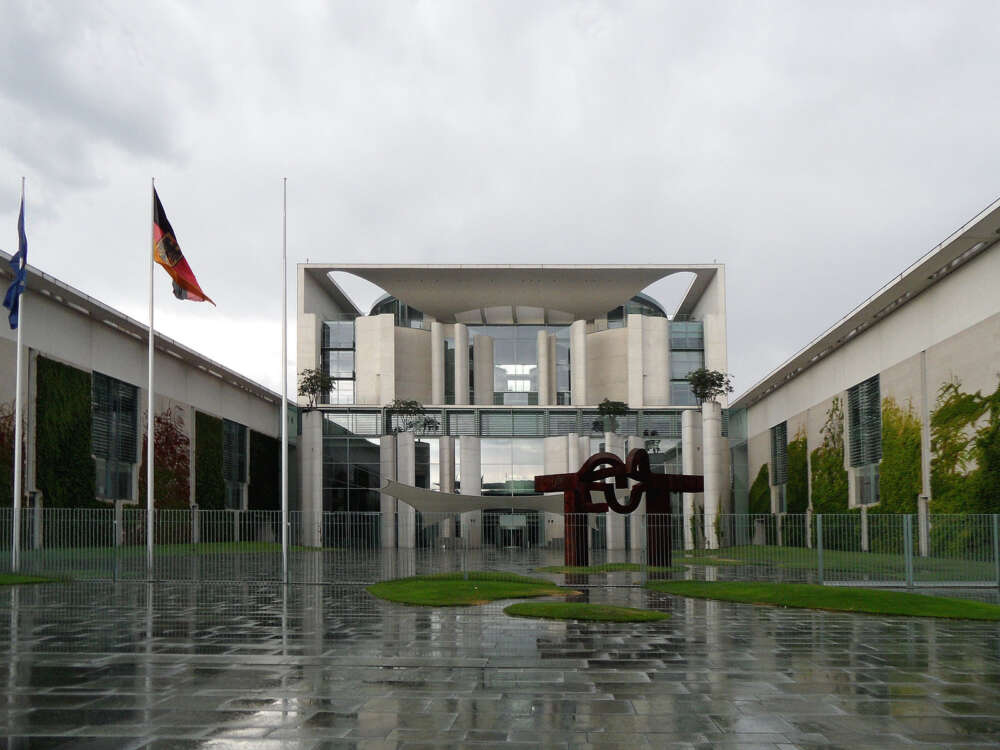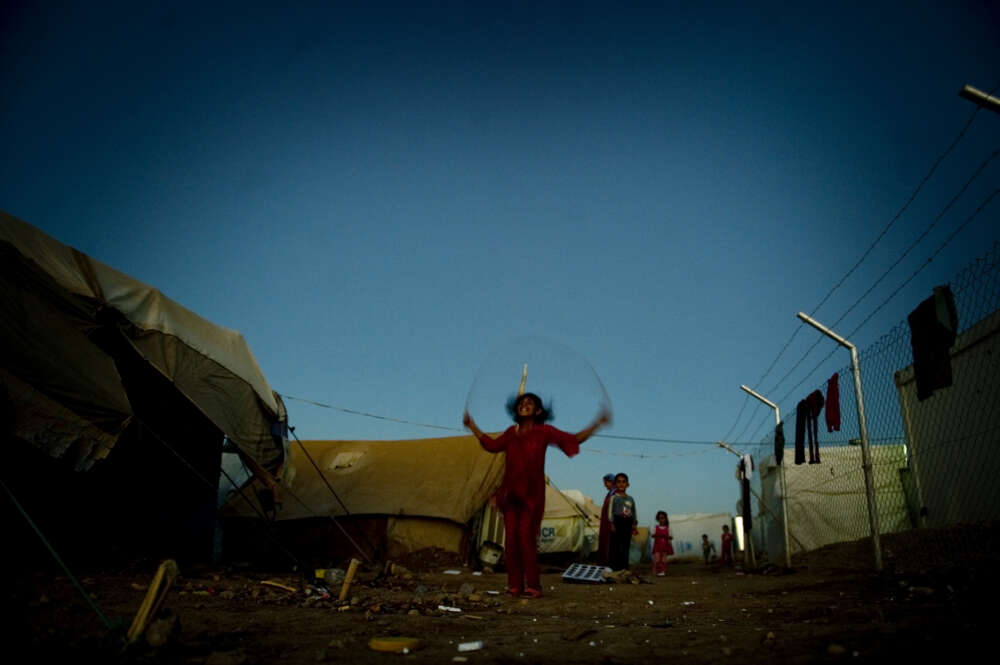“Feminist Activism in Ukraine Usually Means Demanding More Weapons”
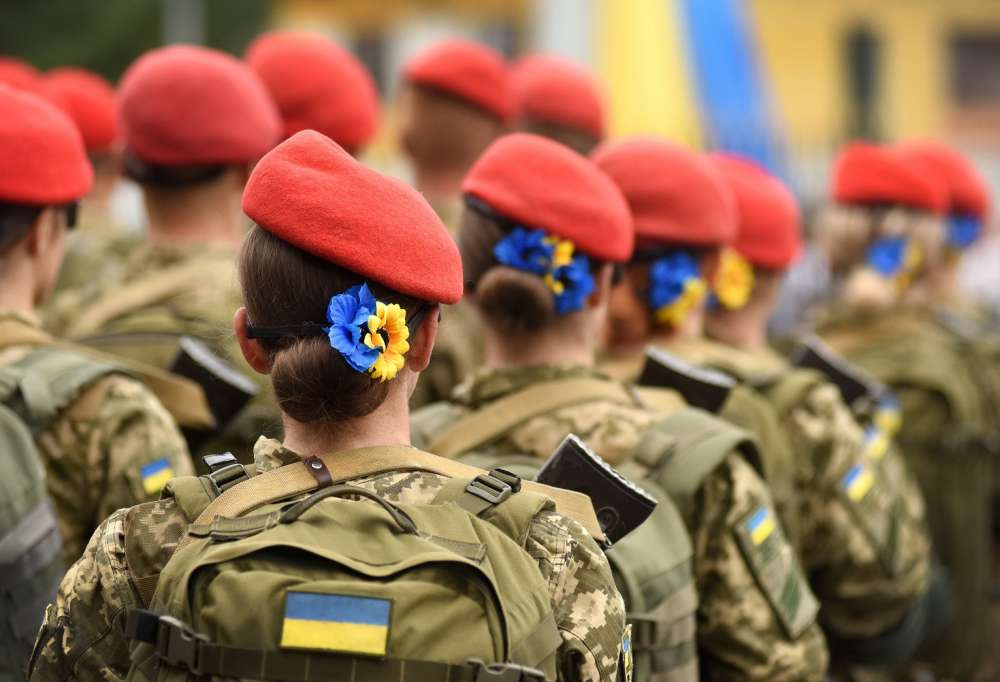
Ms. Friedrich, Russia’s war against Ukraine is portrayed in quite traditional terms in Germany: Selenskyj as the president of the soldiers, his wife on the cover of Vogue. Ukrainian men are not allowed to leave the country, women with children arrive in Berlin. You paint a somewhat different picture…
Indeed, our image of gender relations in the Ukrainian war is very traditional. The holy warrior and the beautiful soul at his side. But this is not representative of how the Ukrainian army functioned before February 2022. Before Russia’s renewed invasion this year, women performed approximately 23 percent of all functions in the Ukrainian military – including civilian ones –, and the share of women in the armed forces was 15.5 percent. When the war in Donbas began in 2014, we saw numerous volunteer fighters in the region. About a third of them were women. Those who wanted to could go to the front. There were, for example, female snipers for the first time. With the general mobilization of men in February this year, the ratio has somewhat shrunk. Today, about ten percent of Ukraine’s fighting forces are female.
How many of them are actively participating in combat operations at the moment?
There are relatively few active female combatants on the frontlines today. Ukraine’s deputy defense minister estimates that there are more than 5,000 women.
A sign that the integration of women in the Ukrainian armed forces is still in its infancy?
Until 2018, Ukrainian women were not even allowed to hold all positions in the army due to their “reproductive function” in society. This was still a Soviet legacy. Therefore, when women volunteers returned from the Donbas in 2014 and 2015, they were only given veteran status as seamstresses or cooks, even if they were snipers – because legally they were not allowed to fight. This has now changed. But according to surveys, it is still often the case that women at arms have to fight for acceptance in the armed forces. It’s the same as in Germany: patriarchal structures change slowly.
What concrete problems does this pose for female combatants?
It was only recently that the Ukrainian Ministry of Defense commissioned the tailoring of suitable uniforms for women. Until now, they had to wear men’s clothing. Bulletproof vests usually are not tailored for women either. The sanitary situation is also a major problem. Many women veterans experienced reproductive health problems after demobilization. It is often wet and cold in a trench. But most military doctors are not equipped to treat bladder infections.
In addition to such structural discrimination, does sexual harassment or assault occur as well?
No official data is being collected on this, which is a big problem. There is one extensive study on this, but no representative figures.
In Germany, many have the impression that Ukrainian society is more patriarchal than ours. Has there been a surge in emancipation as a result of the Russian war of aggression?
First of all, it’s important to differentiate when we say “more patriarchal.” This is not true in every area. For example, it has long been common for women to work and for childcare to be organized in Ukraine. But of course there are also problems. One example is domestic violence. In June, as a consequence of the war and Ukraine’s efforts to join the EU, the Ukrainian parliament ratified the so-called Istanbul Convention, the Council of Europe Convention on Preventing and Combating Violence against Women. This is an important step. At the same time, however, there are still few female policymakers in Ukraine. About 20 percent of the members of the Ukrainian parliament are women – but the numbers are rising. The fact that many men are now away fighting on the frontlines means that positions in politics and diplomacy have freed up. This also has an effect when women fill them. Nevertheless, in their support for Ukraine, Western partners should make sure that there is no backsliding when it comes to gender equality.
Are there any groups in Ukraine that advocate for the rights of women soldiers and veterans?
A successful example of how social stigma can be reduced is the “Invisible Battalion” campaign by Maria Berlinska and her colleagues from the Ukrainian Women Veteran Movement. This was launched back in 2014 and 2015. There is also a documentary film about it. Maria and her team wanted to show Ukrainian society that women, too, have fought in Donbas. And that they also have specific needs after their deployment.
You interviewed women veterans in Ukraine. What are the special challenges for women returning home?
Some women say that they are expected to cope better than men with the psychosocial stress after a combat mission. People allege that women are more emotional and communicate better, in the sense of “You’re a woman, you know how this works.” But this increases the threshold for women to seek help. Women veterans often face a double burden after returning home – they need to come to terms with their own war experience while handling childcare. Many also suffered physical health consequences. Back problems are widespread, precisely because the equipment is not tailored to women. The programs for veterans are also usually geared toward men. Women are expected to take on their traditional duties after returning from the front, but there is no changing table or childcare service at the local veterans’ association. And: Those who experienced sexual assault cannot always find someone to talk to there.
To what extent are women veterans held in esteem in everyday life?
In general, their reputation has risen. Many see them as protectors now. But they have also had difficult experiences prior to 2022. One woman told me and my colleague that she showed her veteran ID card on the bus and that the driver asked her which body part she had used to earn her status. Especially men who didn’t participate in combat were often resentful. They would confront women with stereotypes like, “You only went to the front to get a man.” This makes it especially difficult for women who are dealing with their own war experience while at the same time battling such stereotypes at home.
Speaking of stereotypes: What about the representation of queer people in the Ukrainian army?
There is an LGBTQI movement in the army. That’s quite remarkable, because in Ukrainian society the prejudices in this regard are even stronger than in Germany. Since Russia’s further invasion, there are more and more queer people fighting in Ukraine who are open about their identity. Before, this was met with a lot of resistance. At the annual Pride march in Kyiv, there was also a block with members of the army. The organizers were doing a lot of educational work in the military, even though by no means all veterans react positively to it.
Does the fact that Vladimir Putin is the homophobic and sexist enemy from whom Ukrainians want to distance themselves also play a role in furthering social progress in Ukraine at the moment?
Politically, it’s definitely being used that way in Ukraine. However, we will have to wait and observe to what extent this is actually reflected in changes to the structures and whether there is a lasting change in opinion. The political will is there. It now needs to be translated into practice.
Do you share the impression that many people in Germany are unable to reconcile feminist activism and military resistance?
What many in Germany don’t realize is that Ukrainian women, especially those who have lost their entire family under rocket fire, don’t want to hear about pacifism. We tend to see the many refugee women with children that arrive here in Germany as passive victims when, in reality, feminist activism in Ukraine usually means demanding more weapons and participating in the national defense effort.
This interview was originally published in German in Tagesspiegel Online on August 06, 2022.
